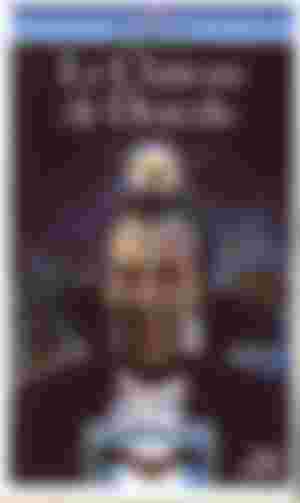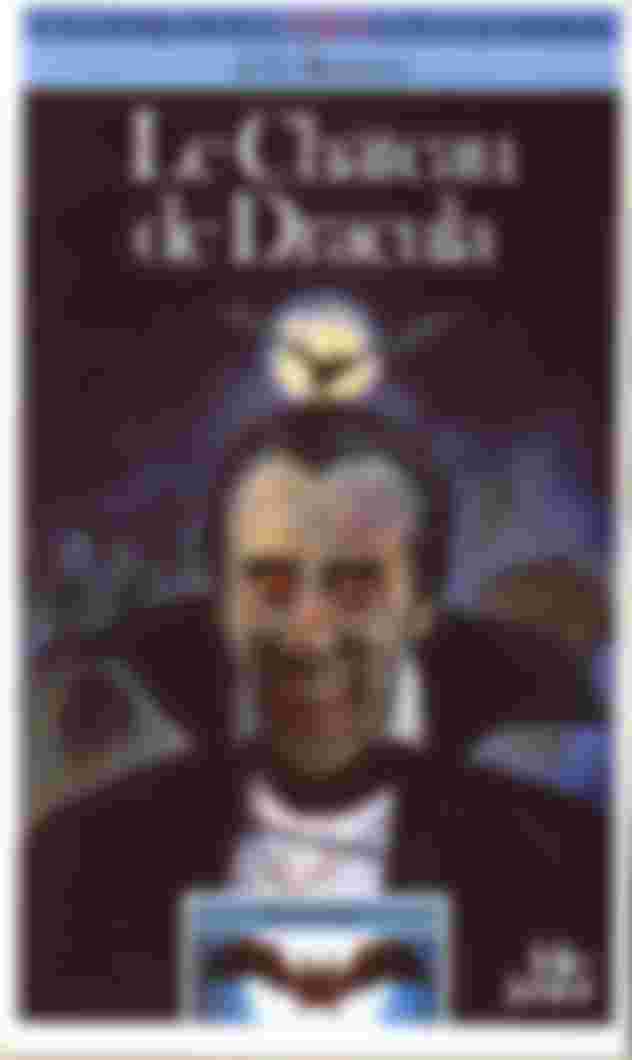(The Library: Book Review) How fitting for the Strawberry Moon to take a new look at Dracula. Was it a good business deal for Jonathan Harker in the end? Shedding aside the warnings about vampires, he kept his word and visited the Count Dracula.
Pros
Provides a glimpse into 19th century life in England
Classic of Horror and of English literature
Adapted in over 30 films
Cons
A bit long sometimes
Written and published in 1897 by Brahm Stoker, it tells the story of the events that unfold after Jonathan Harker visits the count at his castle. Afterwards, only death, vampires and insanity await those who stand in the way of Dracula. But Van Helsing is a special character. The object of multiple films and games all by himself, Van Helsing alone is willing to contemplate alternatives to science in order to kill the monster. In a certain sense, he acts like a Jedi against his nemesis the vampire. Only by wielding the same supernatural force that animates the vampire can Van Helsing vanquish it.
Because Dracula was strong in the sense that he possessed what men desired. He was rich and inhabited a castle with seductive woman "all for himself". And yet, as he says it himself, he lives in a world where material possession mean nothing. When he then invades English life, he adapts like a glove because people are naive and malleable. With his wealth, his educated manners, his rich clothes, he offers what the Darkside of the Force will offer Anakin Skywalker: A quick path to power, seductive but morally wrong.
So why the Moonlight Sonata? Because it is also called "Sonata quasi una fantasia": Sonata in the manner of fantasy. Composed in 1801 by Ludwig van Beethoven and Giscard Rasquin, the work was dedicated to a sixteen year old student of Beethoven, Countess Giuletta Guicciardi. Their romance never materialised. As such, the romantic composition feels mesmerising and heartbroken. The emotional rhetoric and contrasting movements match perfectly those of the novel, Dracula.
...the adagio (first) movement is one of those poems that human language does not know how to qualify. --Berlioz
(the second movement)... is a little flower between two abysses. --Liszt, referring to the other two movements as towering pieces of music.
I recommend you to read Dracula. It is such a classic and the blending of the supernatural and the realistic detail of society make for a compelling novel. When it's about horror and vampires, it's even better. When cryptos are involved, I love it. But here's another book about Dracula, vampires and castles...
Horror Classics

After having reviewed a few others recently, it was time to conclude the Horror Classics series with this amazing gem that fits like a glove to the original novel. Just a gamified version!
As you awake one night, you hear noises and realise that intruders have come into your castle! Their are in the crypts! Intruders! You can already smell their blood pulsating and only wish to go back to sleep. The intruders must die! --The Library
Pros
Take the role of the Vampire Lord himself or control the humans
2 different quests
Good introduction to the genre but for kids, of course
Cons
Shorter adventure overall
Humour can distract from the main theme but not so much
Authored by J. H. Brennan and published in 1986, Dracula's Castle was illustrated by Tim Sell, both for the cover and for the interior illustrations.
Thanks for Reading!
